Amazon set to transform Irish eCommerce: launching Amazon.ie in 2025
In a move set to reshape Ireland's ecommerce landscape and impact the wider European market, Amazon has recently announced plans to launch Amazon.ie in 2025.
Read Article2021-11-15
If we look at the digital ecosystem, platforms can be divided into 3 categories: content, commerce, and community. Examples of content are HBO, Netflix, Hulu, and YouTube. Commerce is represented by classic retailers such as Walmart, Target, and Alibaba. And Snapchat, TikTok, LinkedIn, Pinterest, and Reddit are part of the community space.
But recently, lines have become blurred as platforms have started widening their offering. This has created an overlap between the three areas, with a few notable brands now covering more than one of these areas.
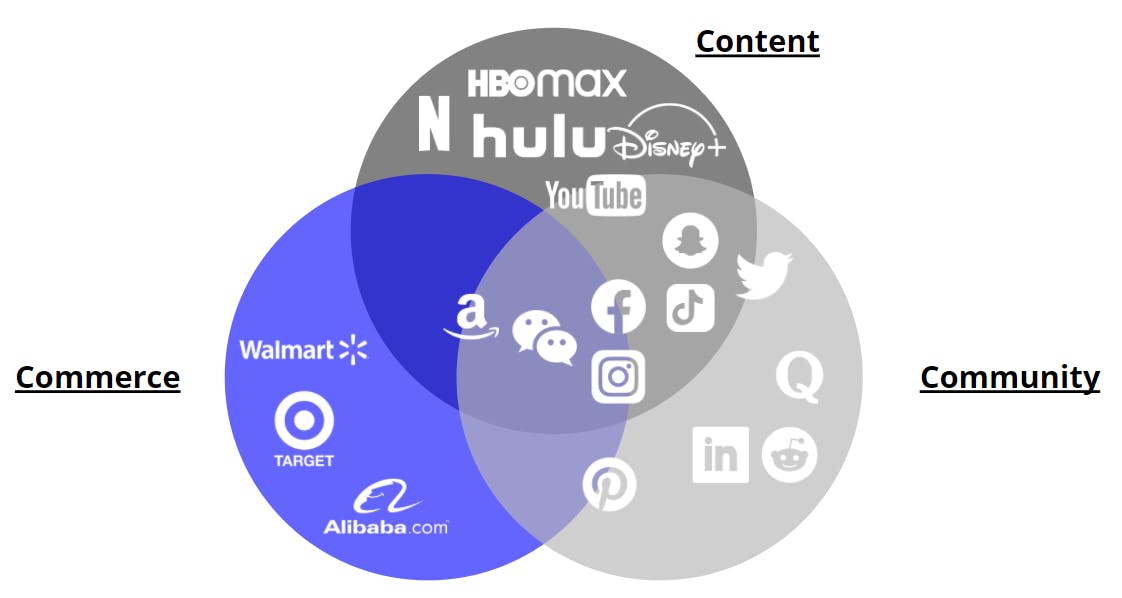
One of the main players blurring the lines is Amazon. Its origins may be in commerce, but the platform also offers content expertise with Prime Video and Twitch. Another major innovator is Meta, which has moved into the commerce space with Facebook Marketplace and Instagram Shopping.
The one platform already successfully covering all three areas is WeChat, which is classed as the gold standard for platforms. In China, people are using this platform for everything – it is a one-stop shop.
Platforms want to cover all bases because they want to capture their audiences in all three areas and increase engagement on their platforms.
In this article, we’ll explore how social platforms are turning to commerce and vice versa.
Interest in shoppable social media platforms is growing. Pinterest and TikTok already exist in this space, and Facebook and Instagram are catching up fast.
Shoppable experiences on social media are made possible through Shopify, which allows the import of a shoppable environment into social media platforms. Shopify saw a 10-fold growth in the last ten years and is in line to become one of Canada’s biggest companies.
Users are beginning to use social platforms with an intent to buy. More and more people have moved on from scrolling to see what their friends have been up to, and are now looking out for something they might want to buy. The intent is not as strong as search, but it is still substantial.
Social media platforms have become like virtual shopping malls where people come to have a look around and, if they see something they like, they’ll buy it there and then.
Platforms recognized the trend that social media is no longer just about awareness and engagement. It’s becoming increasingly about converting users into consumers. The social media companies are now aiming to keep the journey to purchase on their platform. Buying triggers positive emotions and platforms want to be associated with this emotion, and also control the shopping experience from its first to last touchpoint. Here are three trends we are sure to see more of in the near future that support the buying journey on social media platforms.
Impulse beauty purchases on TikTokThe hashtag #Tiktokmademebuyit is used for a product seen, liked, bought, and shared on TikTok.
TikTok is a strong contributor to impulse purchases. Around 40% of TikTok purchases in the beauty category are impulsive vs. less than 20% on other platforms. Overall, 19% of TikTok purchases are impulsive compared to 14% on other platforms, suggesting that TikTok drives impulsivity that is particularly noticeable in the beauty category.
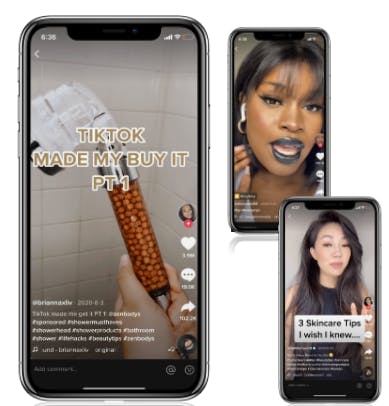
Shopping through augmented reality: Another trend in social media is shopping through augmented reality (AR). The pandemic has helped this new way of shopping where – from the safety and comfort of your home – you can try on products like fashion or make-up through AR. No need to go to a shop or order, try-on and then return unwanted items.

Live stream shopping: Live stream shopping is the digital counterpart to TV shopping channels where people showcase products to encourage others to buy. It started on WeChat in China where 117 billion USD in revenue is now coming from live-streaming commerce. Facebook and Instagram have already followed, and TikTok is partnering with Walmart to get into this space too.
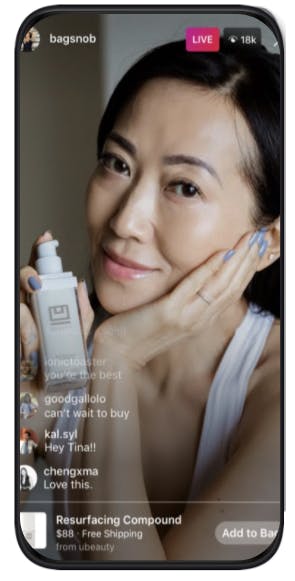
In the reverse order, Amazon is in the spotlight. Amazon wants to be an online shopping mall where people come to discover and be inspired. In the US, 66% of consumers searching for a product head to Amazon first. Originally a click-to-buy platform, it’s now engaging with consumers in different ways. People come to Amazon to browse for products, not just to buy a specific product they had in mind. This expansion from the lower to top and mid-funnel means that the focus of a brand should no longer be on the last interaction before the purchase, but more on a seamless journey from inspiration to information to purchase. It’s important to be visible at each stage of the user journey and to provide a great experience.
This strategic shift has impacted the content on Amazon. For example, videos are now trending and offer a great way to create a connected buying journey. There are different formats such as live videos by influencers or brand ambassadors, sponsored brand videos to showcase the brand or product videos on product pages and the brand store.
Amazon has introduced a wealth of new features – some of these are only available in certain countries, while others are still in their beta stage. These include:
Posts: Posts come up at the bottom of a product page, just before the reviews. They show up as a feed on Amazon that looks like Instagram. It’s a new way to discover related products on Amazon. For now, it is free and still in beta, but it could definitely become a strong advertising lever in the future. We have tried it with some of our clients and the results speak for themselves: 1% to 3% engagement rate and hundreds of impressions per day.
Follow button on brand stores: Consumers can now follow brands on Amazon and then get more exposure to the brand’s products. The follow button is currently in beta and shows Amazon’s ambition to create even more engagement between brands and consumers.
Live videos: Another novelty is live videos by influencers on Amazon. Influencers from the social media world can own a page on Amazon where they can share their favorite products and offer shopping lists. Amazon is investing to develop influencers by offering commissions for sales from their pages. This could be a deciding factor for influencers over which platform to use and can help Amazon attract successful influencers.
Category store: The new Amazon category store uses landing pages to showcase specific types of products, which resembles a department store where you go to a section to find a range of products, for example, gardening.
Amazon Moments: Amazon Moments are a new way to reward people. For example, these can be used in an online game. It is possible to get rewarded in an App for time spent on it or an achievement. The reward is linked to Amazon, where you receive either a gift card or you can choose an item from a list of selected products.
Amazon Attribution: Amazon Attribution is a beta program that allows advertisers to see which channels traffic to Amazon is coming from (e.g. paid search, paid social, display, video, or email). It is still nascent but worth testing and taking learnings from this new functionality.
The future of eCommerce marketing is in the hands of those who are able to connect the dots and master the algorithms. Offering a seamless journey and an aligned message across platforms will give brands a competitive edge. It is important for brands to understand platforms’ different algorithms to optimize their marketing accordingly.
The next step for advertisers should be to stop thinking in platform silos and move to a cross-channel approach. Brands should also consider adopting new functionality early to stay ahead of the competition.
For advice on where you should start, reach out to us!
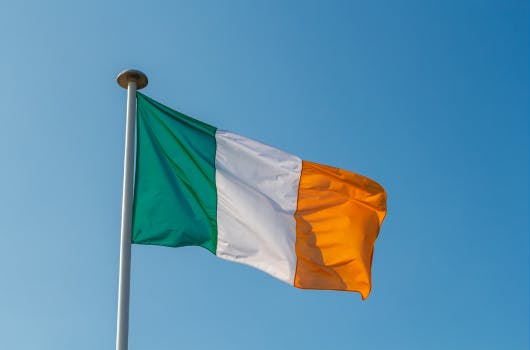
In a move set to reshape Ireland's ecommerce landscape and impact the wider European market, Amazon has recently announced plans to launch Amazon.ie in 2025.
Read Article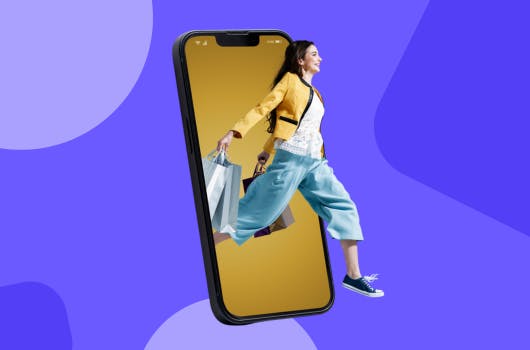
Discover Q1’s key trends on Amazon and learn how to leverage omnichannel strategies to maximize your brand's impact. From understanding the power of Amazon Marketing Cloud to driving full-funnel success, this guide will help you prepare for a successful start to 2025.
Read Article
As the dust settles on Black Friday 2024, the US’s shopping scene has revealed fascinating trends and behaviors that shaped this year’s retail frenzy.
Read Article